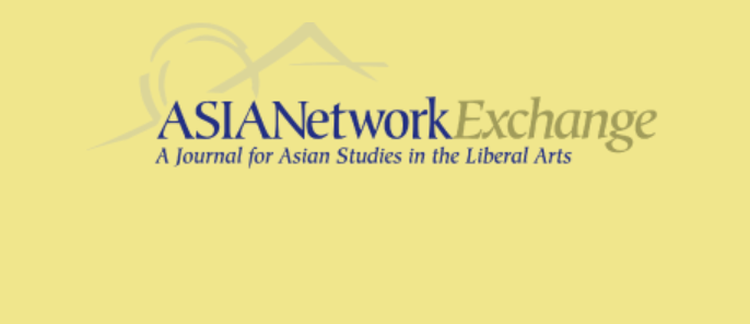Abstract
From the 1950s to the 1990s, Chinese film never ceased to represent the turbulent late Qing history on the screen. The representations, all carrying the mark of their own time, not only tell a story about the late Qing Chinese predicament and dilemma of its modernization, but also reveal the trajectory of the changing ideologies behind their own production. In this sense, the films can be read as both historical and contemporary texts. This article attempts to trace the changing representation by comparing and analyzing major historical films of China from the 1950s to the 1990s, and focuses the discussion on several main themes.
How to Cite
764
Views
929
Downloads
